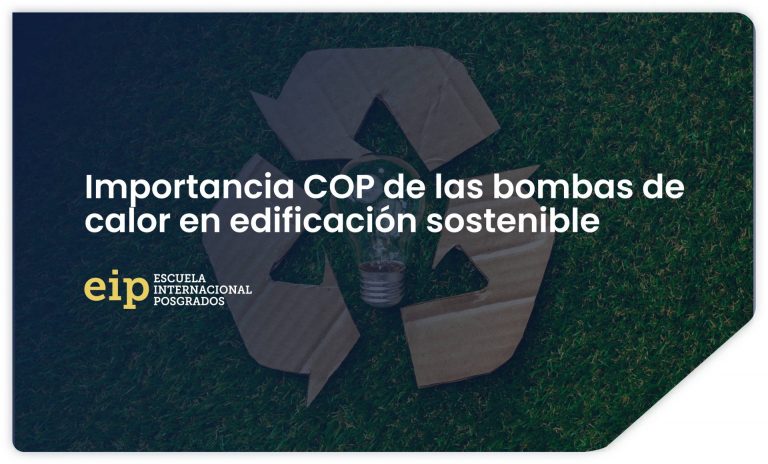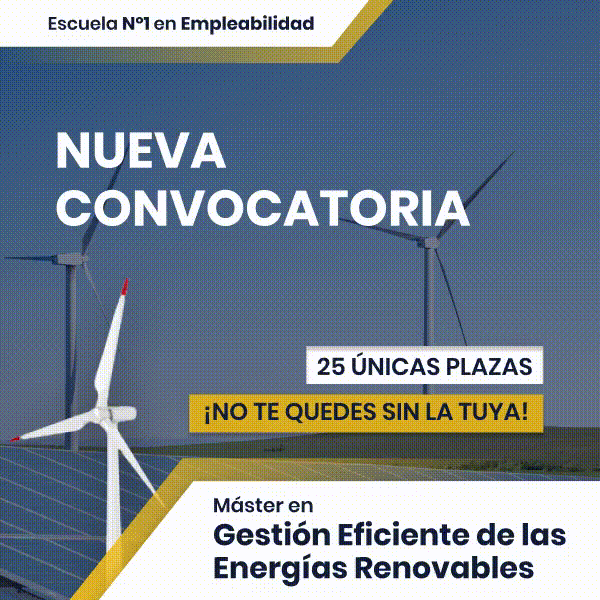Definition of COP
He coefficient of operation or performance (COP) It is an expression of the efficiency of a heat pump. In this case, it is a relationship between the heat transferred and the electrical energy consumed mainly by the compressor of a heat pump.
COP=Heat (W)Work (W)
That is, it is defined as the relationship between the power (kW) that is extracted from the heat pump as cooling or heat, and the power (kW) that is supplied to the compressor.
For correct efficiency and functionality, a heat pump must achieve a COP of between 2 and 6, depending on the difference between the temperatures of both sources (indoor or outdoor).
That he worth of the COP of the heat pump is greater than unity it is a fact of special importance. And we cannot forget that this indicator refers to the heat engine performance. The vast majority of devices used in our facilities for energy production have performances lower than unity. That is, the useful energy that the machine is capable of producing is less than what it needs for its operation. However, the heat pump is a different case, as it is capable of generating more useful energy than the machine consumes in its process.
This last detail is what has allowed this technology to be considered renewable under certain premises. These are included in the specifications Average seasonal performance of heat pumps for heat production in buildingsyes published by the Institute for Energy Diversification and Saving (IDAE).
In previous articles we were able to learn more details about how the aerothermal as a renewable heat pump.
Relationship between the COP of the heat pump and its efficiency: The higher the COP, the greater its efficiency.
In a practical way, it can be said that a COP 3 implies a “performance of 300%” (a performance of 300% is unrealistic, it simply means that by recovering heat from the cold source, the investment in energy is tripled), or what is the same , for 1 kWh of electrical energy consumed, 3 kWh of energy in the form of heat is provided to the accumulation tank.
The COP is variable depending on the type of heat pump and operating conditions. The variable that most influences its operation is mainly the ambient temperature, although the cold water inlet temperature (that is, the temperature difference between the cold focus and the hot focus), preparation temperature and relative humidity also influence.
Teams with high COP, allies of the sustainable strategy.
As we well know in the Technical Building Code in Spain, in its basic document energy saving, a series of requirements are established whose purpose, ultimately, is to balance the following formula so that energy consumption is as low as possible:

Understanding how energy consumption to the amount of final energy that the installation needs to be considered for its correct operation, and the demand energy as the quantity necessary to satisfy the design requirements. For example, in the case of a heat pump, consumption would be the amount of electricity consumed by the device, and demand would be the flow of heat given to the environment to guarantee the desired comfort requirements.
Energy consumption VS contribution in an aerothermal heat pump
As it is logical to think looking at the previous expression, the lower the demand, the lower the energy consumption will be. But also lower energy consumption with higher performance of the facilities.
So, for reduce energy consumptionIn the building we can act in different ways:
- Decrease the demand for energy.
- Increase system performance.
- Act jointly on demand and system performance.
Heating/cooling equipment with a high COP is an important ally when it comes to increasing the performance of the system, thus achieving a decrease in energy consumption.
In addition to the savings that it can bring, we must also consider other effects that its operation produces. The air expelled, unlike other domestic water heating systems, is not only not the result of any type of combustion, but is fresh air. In this way, heat pumps contribute, to a large extent, to the reduction of global warming by reducing CO emissions.2.

































